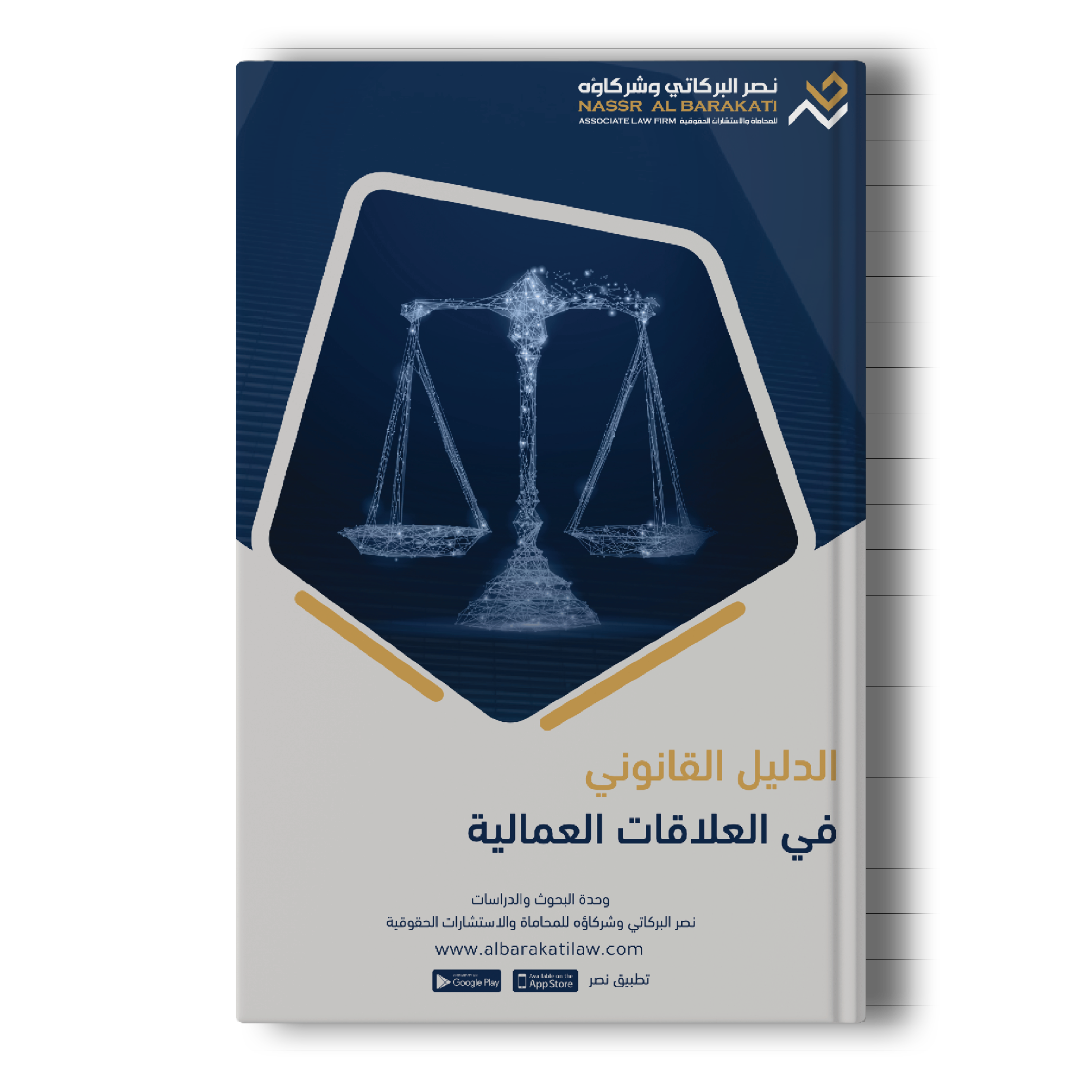



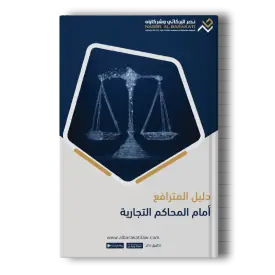
Believing in the importance of the societal role of private establishments, and a desire to contribute to raising the level of legal rights awareness for individuals and companies, as a message and organizing life matters in Saudi society; As a continuation of our chain of publications and our work in developing the legal environment, we present to you the "Guide to pleading before the commercial courts", which includes a comprehensive guide to litigation procedures, at its three levels: first instance, then appeal, and finally, the Supreme. The commercial courts system and its executive regulations aim to raise the capabilities of the commercial judiciary, enhance the commercial environment and raise legal security, as the system is considered as a qualitative leap in the development of the commercial judiciary in the Kingdom of Saudi Arabia with regard to the provisions included in it, being based on basic foundations for speedy settlement of the case, and saving time and effort. Encouraging resorting to (ADR) Alternative Dispute Resolution, adopting technology, enabling the role of Advocacy, the possibility of proof by all means of evidence, including some provisions for expedited enforcement in some cases, and appreciating the role of custom and consulting the opinion of traders, which will have a huge impact on the speedy settlement of judicial disputes. The “Guide” paves the way for the lawyer from the moment that the lawyer intends to start pleading, by defining the competent court, the procedures for filing the case, giving importance to expediting easy and collective lawsuits, notifying the litigants, passing through urgent lawsuits, insertion, overlapping and incidental demands, with reference to the means of evidence and its provisions, and showing the mechanisms of submitting objections on judgments’ demands, petition for reconsideration, clarification of jurisdictions of the appeal courts, and ending with the mechanism of the cassation of judgments before the Supreme Court. The "Guide" is concerned with showing the procedural practices in the court that the one who is pleading must adopt, whether from the digital aspect through the electronic systems of the commercial judiciary, or from the traditional aspect through direct attendance in the courts. In this guide, we have made sure that it is summarized and does not violate the required intention, using short phrases that are far from unnecessary verbiage, and in well format, easy, and devoid of complexity. And we took into account when explaining the procedures that they must be in numbered points and visual templates, and they are logically sequenced, as this has a visual impact that facilitates the reading, and helps the reader to quickly reach and understand the benefit, with an index of titles at the end of the guide, which refers the reader directly to the subject he wants to obtain.
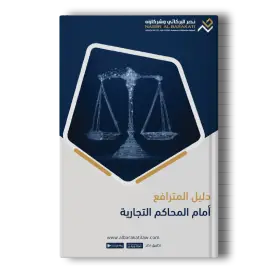
The Kingdom of Saudi Arabia has given the judicial system special care, and since its inception, Kingdom has laid its foundations and put in place its organizing frameworks, conscious of the fact that justice is the foundation of the monarchy, and that the preservation of rights is one of the most important pillars upon which strong countries are built. In this regard, our belief in organizing life matters in Saudi society , we intended to highlight (Labor system and its executive regulation) in a new way, aiming to: Presenting it in a way that everyone familiar with it can benefit from it with ease and flexibility. Demonstrating the whole system represented in its articles and sections, which is enacted by legislator in the regulations. Shed light on exceptions and conditions, and everything that is permissible or obligatory. To achieve these goals, we have followed an educational approach abstracted from the principle of text verification procedures, namely it is a procedure (text drafting and control), which includes: addressable text, dividing it into paragraphs, and adjust its form as well as other things concerning drafting that illustrate the text, showing ambiguity hidden by it, and probing its depths. Our approach is based on three pillars; as follows: addressing, paraphrasing, and coloring. As for the addressing; It is the most important addition in this work, as the facilitation element has been achieved. whereby we have developed addresses that reveal the subject of the mentioned articles, as well as titles that reveal each part of these articles and their implementing regulations, to enable every viewer to have access to the precise details of the statutory articles and their regulations. The reader will find a catalog (index) with these titles at the end of the work, facilitating access to the subject to be searched for. As for the paraphrasing, we had to resort to it, in order to achieve the element of clarity, we divided the regular articles into small independent paragraphs according to the meaning, and numerically numbered the single subject points, thus revealing the multiple elements of the regulatory article. As for coloring; our intention is to attract the reader's attention to matters that we believe that they are very important and they are set out below: Exceptions, conditions, and matters that are obligatory on the judge or the department, and other permissible matters. In addition to coloring the headings added in the right margin of the text of the labor system and its executive regulation. Furthermore, to facilitate it on the reader and the legal researcher, we are referring to the regulations when mentioned, abolishing the difficulties of searching for those who wanted to access the texts of the statutory articles.
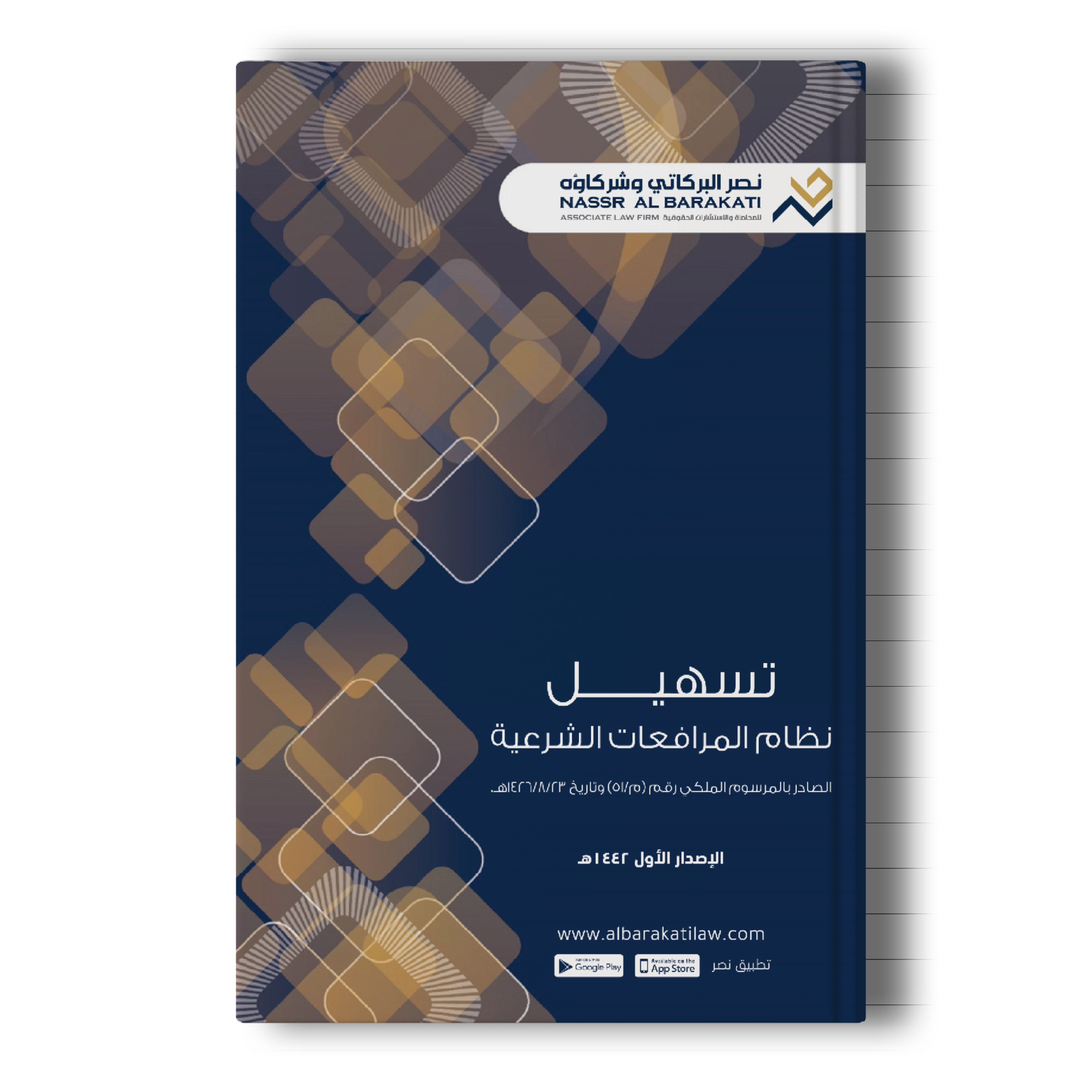
The Kingdom of Saudi Arabia has given the judicial system special care, and since its inception, Kingdom has laid its foundations and put in place its organizing frameworks, conscious of the fact that justice is the foundation of the monarchy, and that the preservation of rights is one of the most important pillars upon which strong countries are built. The system of legal pleadings was one of the organizing foundations established by the Kingdom to organize judicial work, and outlined all elements of judicial work; to achieve justice, and to preserve rights. In this regard, our belief in the role of the judiciary as a message and organizing the matters of life in the Saudi society, we intended to highlight (Law of Procedure Before Sharia Courts) in a new way, aiming to: Presenting it in a way that everyone familiar with it can benefit from it with ease and flexibility. Demonstrating the whole system represented in its articles and sections, which is enacted by legislator in the regulations. Shed light on exceptions and conditions, and everything that is permissible or obligatory. To achieve these goals, we have followed an educational approach abstracted from the principle of text verification procedures, namely it is a procedure (text drafting and control), which includes: addressable text, dividing it into paragraphs, and adjust its form as well as other things concerning drafting that illustrate the text, showing ambiguity hidden by it, and probing its depths. Our approach is based on three pillars; as follows: addressing, paraphrasing, and coloring. As for the addressing; It is the most important addition in this work, as the facilitation element has been achieved. whereby we have developed addresses that reveal the subject of the mentioned articles, as well as titles that reveal each part of these articles and their implementing regulations, to enable every viewer to have access to the precise details of the statutory articles and their regulations. The reader will find a catalog (index) with these titles at the end of the work, facilitating access to the subject to be searched for. As for the paraphrasing, we had to resort to it, in order to achieve the element of clarity, we divided the regular articles into small independent paragraphs according to the meaning, and numerically numbered the single subject points, thus revealing the multiple elements of the regulatory article. As for coloring; our intention is to attract the reader's attention to matters that we believe that they are very important and they are set out below: Exceptions, conditions, and matters that are obligatory on the judge or the department, and other permissible matters. In addition to coloring the headings added in the right margin of the text of the legal pleadings system. Furthermore, to facilitate it on the reader and the legal researcher, we are referring to the regulations when mentioned, abolishing the difficulties of searching for those who wanted to access the texts of the statutory articles.
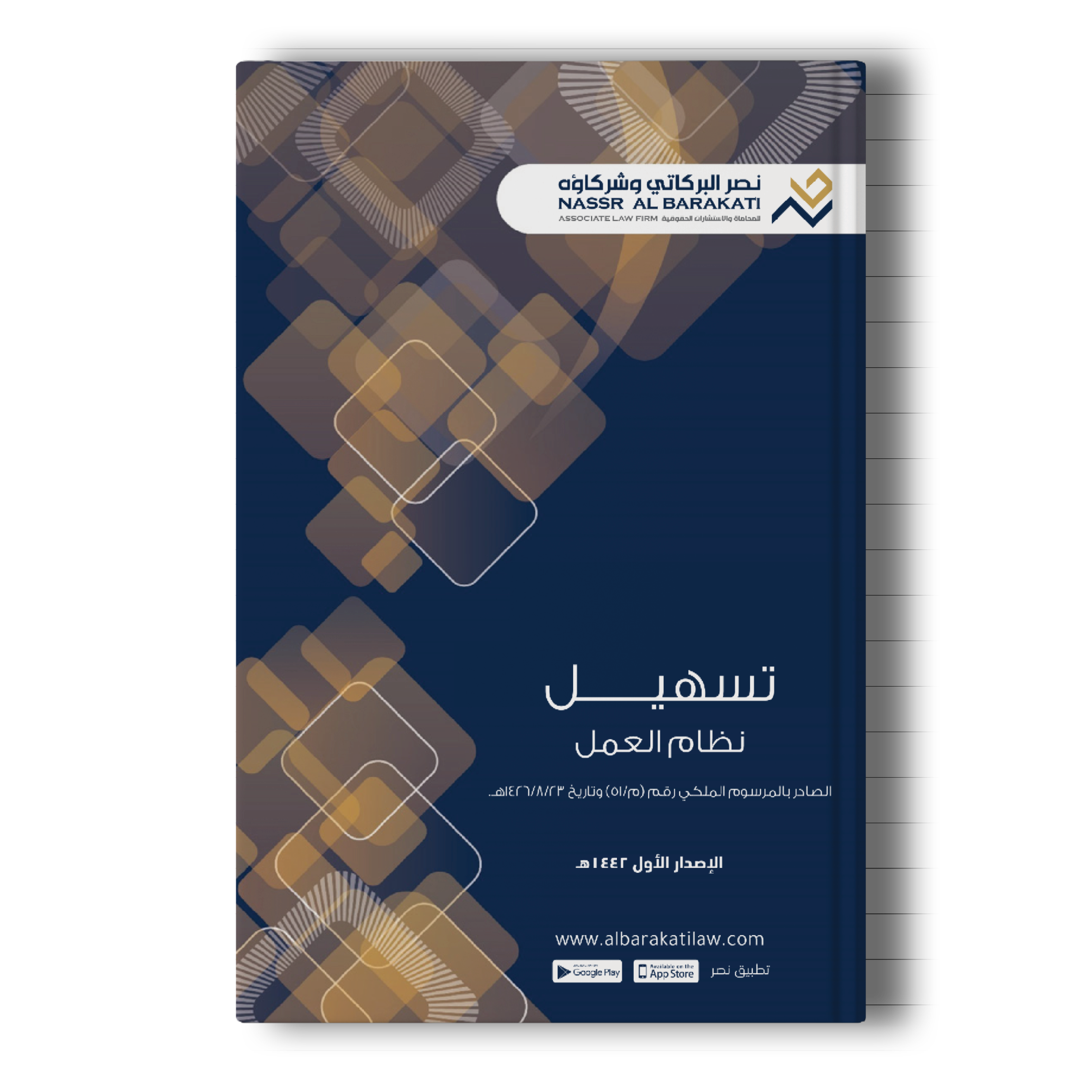
The Kingdom of Saudi Arabia has given the judicial system special care, and since its inception, Kingdom has laid its foundations and put in place its organizing frameworks, conscious of the fact that justice is the foundation of the monarchy, and that the preservation of rights is one of the most important pillars upon which strong countries are built. In this regard, our belief in organizing life matters in Saudi society , we intended to highlight (Labor system and its executive regulation) in a new way, aiming to: Presenting it in a way that everyone familiar with it can benefit from it with ease and flexibility. Demonstrating the whole system represented in its articles and sections, which is enacted by legislator in the regulations. Shed light on exceptions and conditions, and everything that is permissible or obligatory. To achieve these goals, we have followed an educational approach abstracted from the principle of text verification procedures, namely it is a procedure (text drafting and control), which includes: addressable text, dividing it into paragraphs, and adjust its form as well as other things concerning drafting that illustrate the text, showing ambiguity hidden by it, and probing its depths. Our approach is based on three pillars; as follows: addressing, paraphrasing, and coloring. As for the addressing; It is the most important addition in this work, as the facilitation element has been achieved. whereby we have developed addresses that reveal the subject of the mentioned articles, as well as titles that reveal each part of these articles and their implementing regulations, to enable every viewer to have access to the precise details of the statutory articles and their regulations. The reader will find a catalog (index) with these titles at the end of the work, facilitating access to the subject to be searched for. As for the paraphrasing, we had to resort to it, in order to achieve the element of clarity, we divided the regular articles into small independent paragraphs according to the meaning, and numerically numbered the single subject points, thus revealing the multiple elements of the regulatory article. As for coloring; our intention is to attract the reader's attention to matters that we believe that they are very important and they are set out below: Exceptions, conditions, and matters that are obligatory on the judge or the department, and other permissible matters. In addition to coloring the headings added in the right margin of the text of the labor system and its executive regulation. Furthermore, to facilitate it on the reader and the legal researcher, we are referring to the regulations when mentioned, abolishing the difficulties of searching for those who wanted to access the texts of the statutory articles.